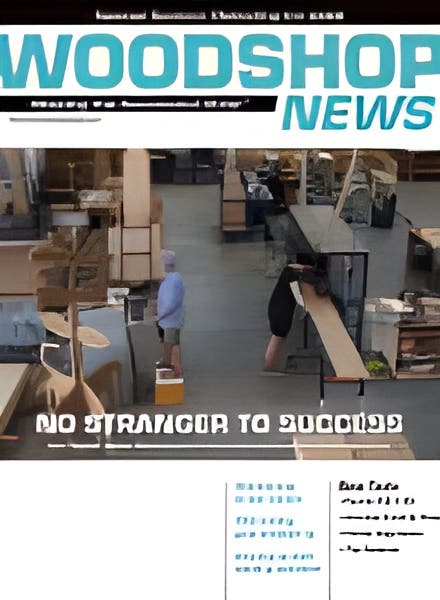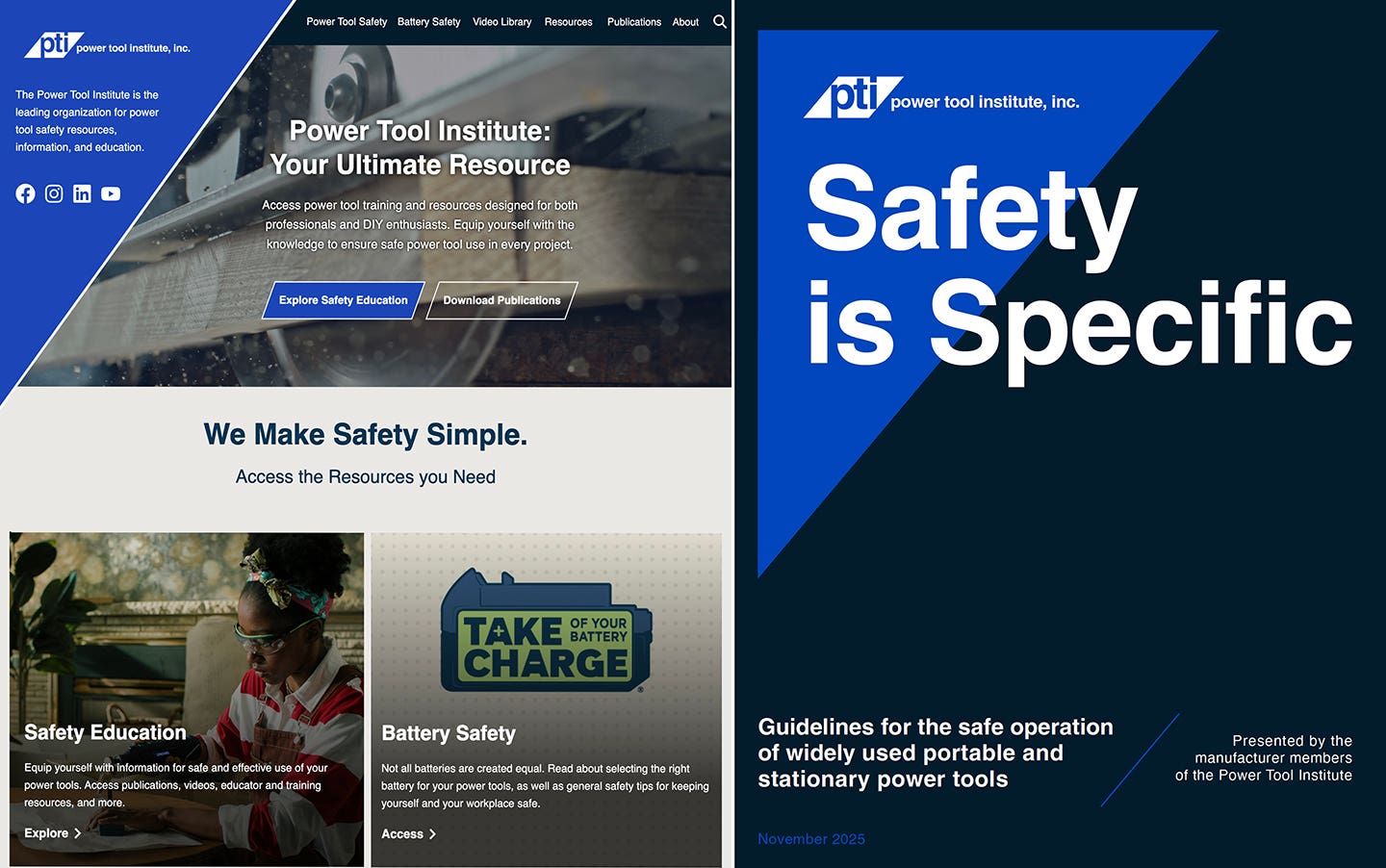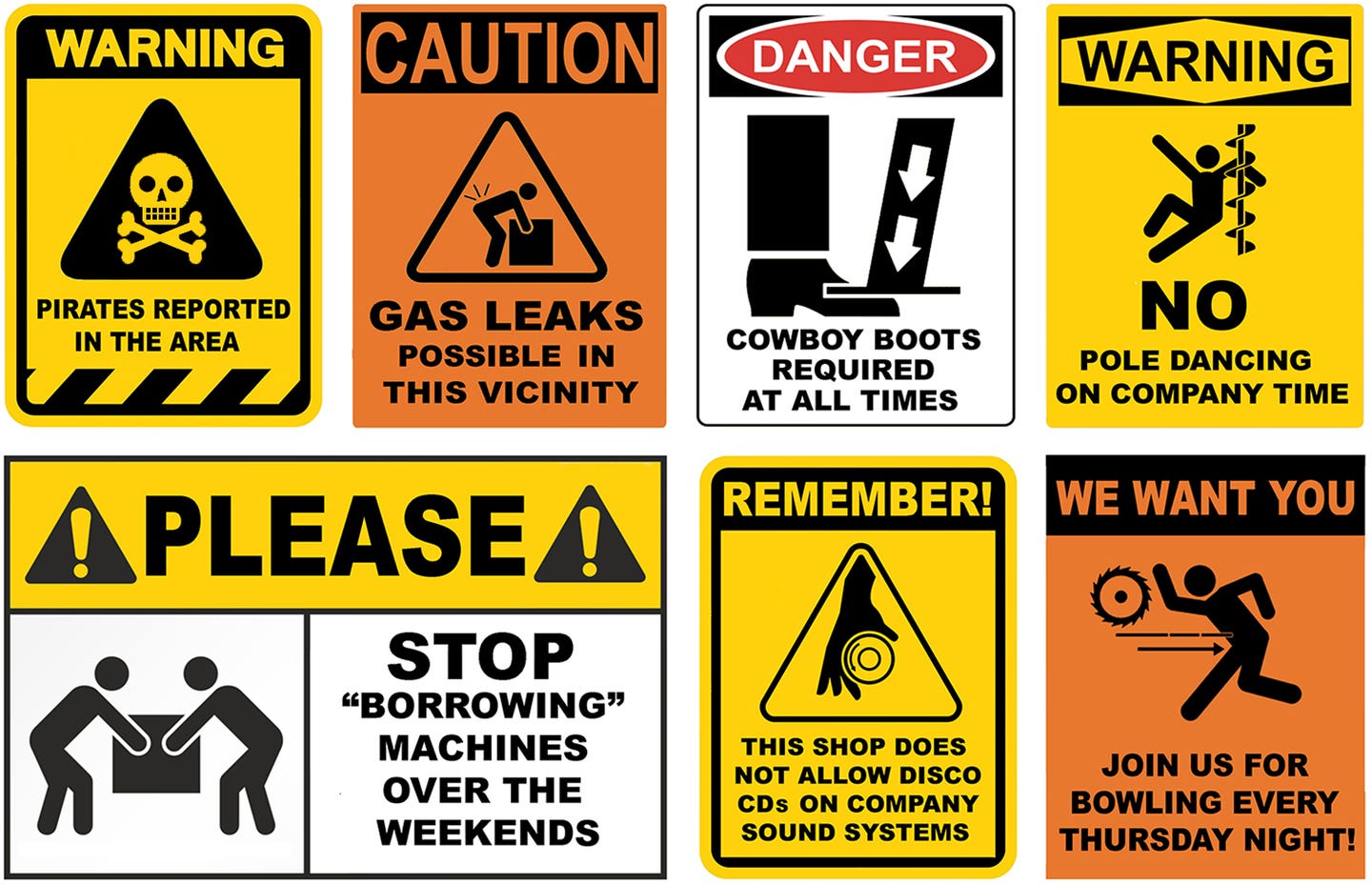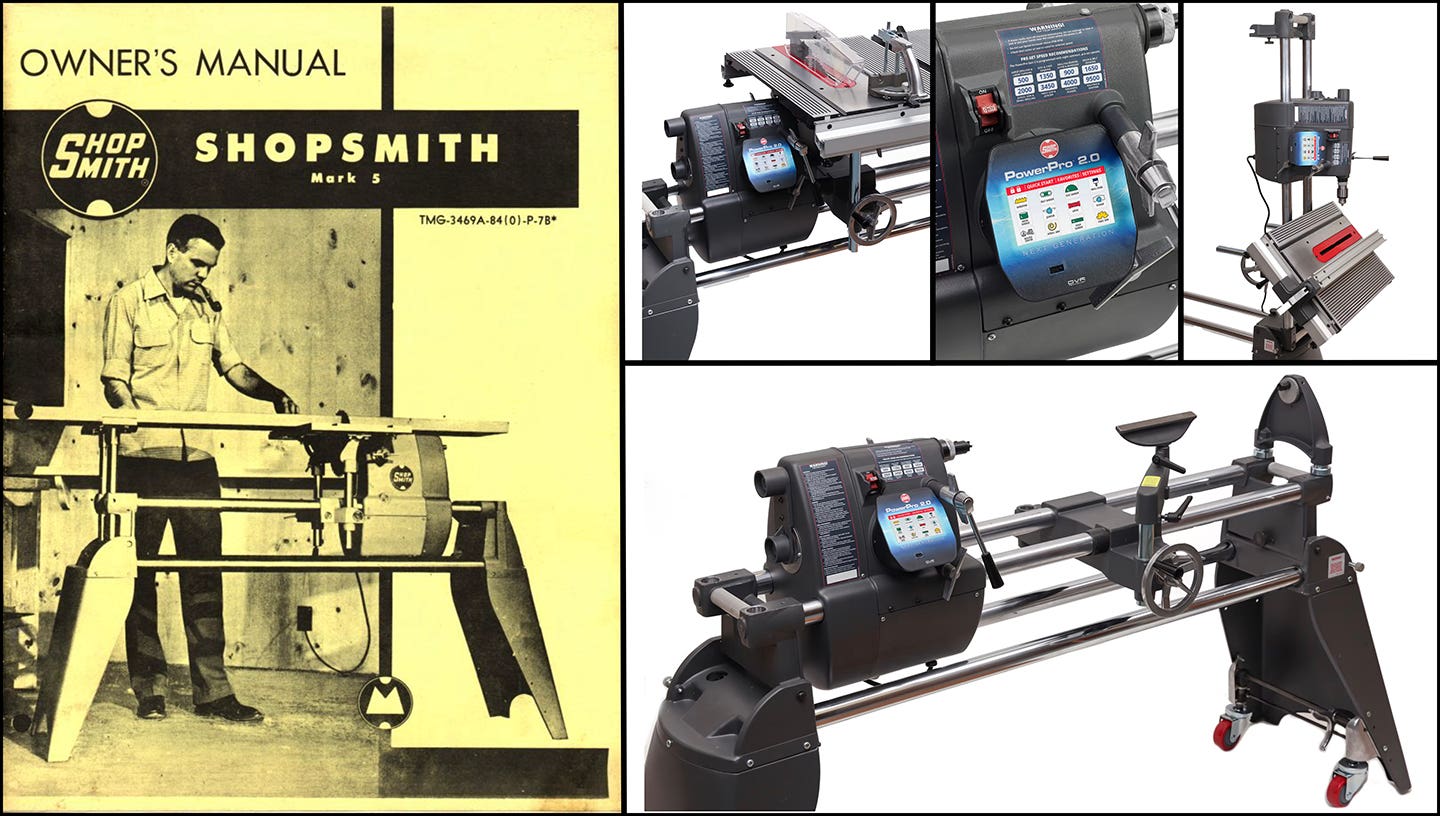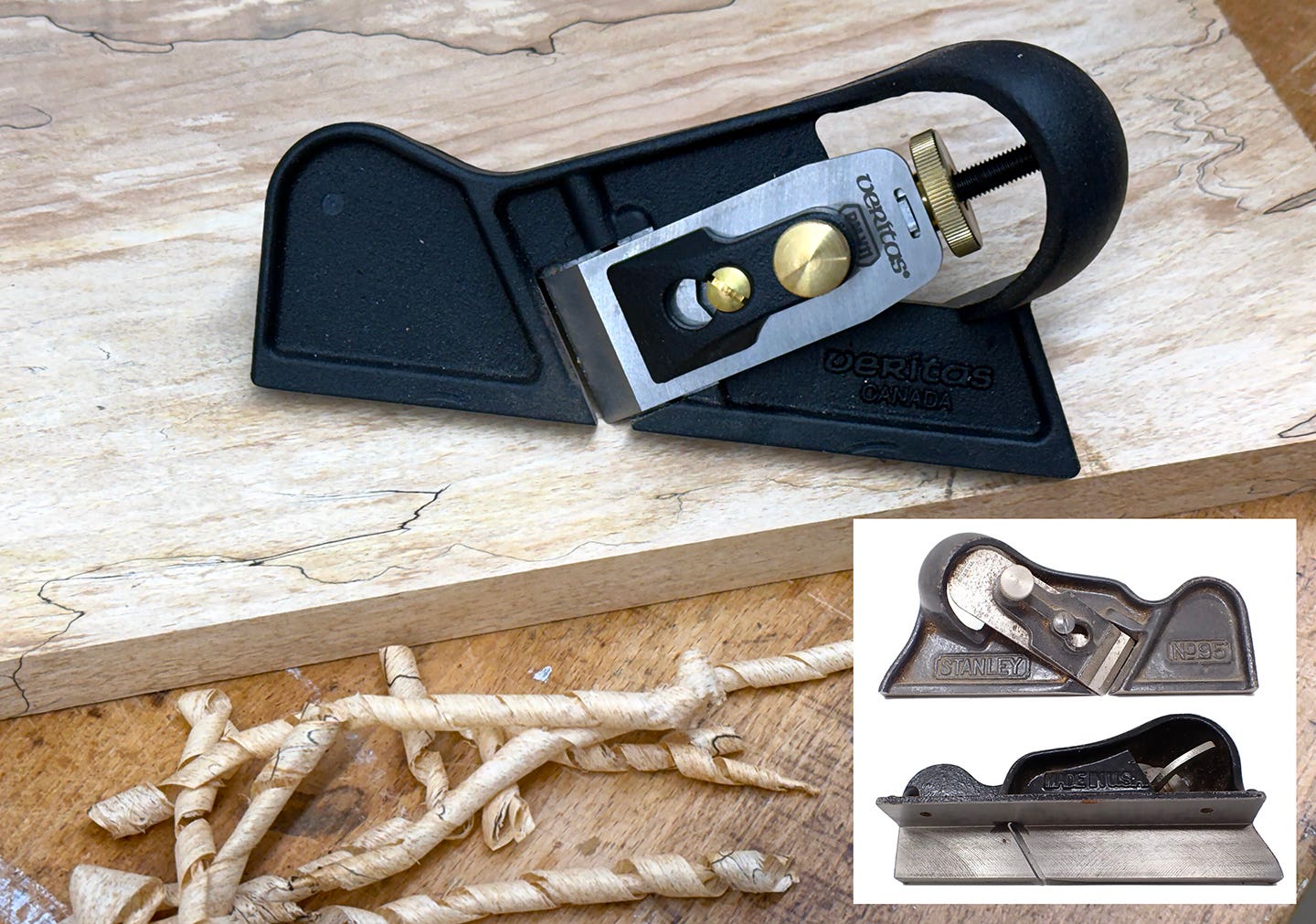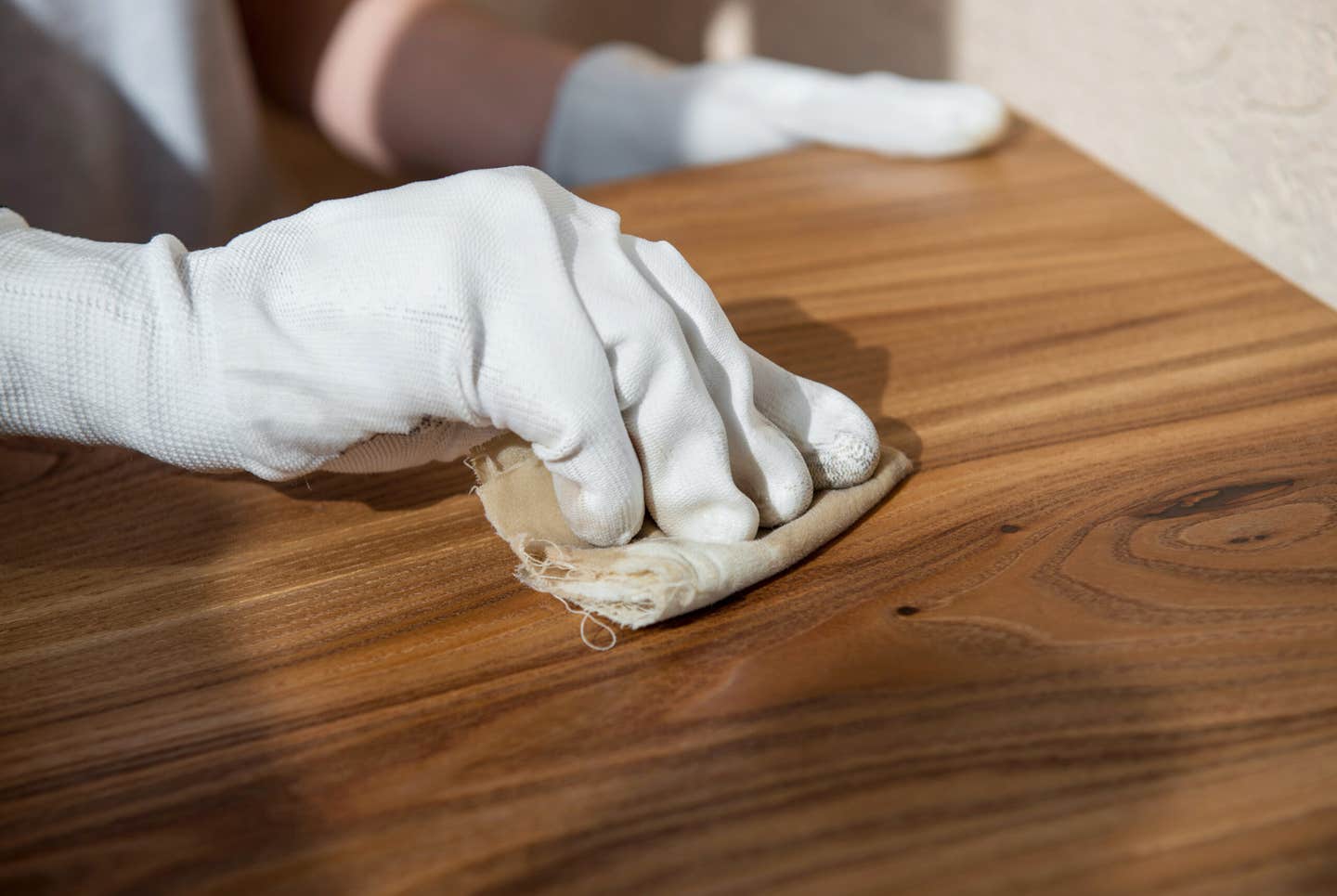Tale of the tape
With notable exceptions — laws and sausages probably at the top of the list — even simple things are wonderfully fascinating when you see how they’re made. Especially tools. While…
With notable exceptions -- laws and sausages probably at the top of the list -- even simple things are wonderfully fascinating when you see how they're made. Especially tools.
While visiting my daughter and grandson in Connecticut this week, I found time to drop by for a tour of the Stanley headquarters in New Britain. Among the things they manufacture there are tape measures, and they walked me though the production line from beginning to end.
Just to think about tape measures, there's not much there -- it's a long skinny piece of thin metal with numbers on it, all rolled up inside a plastic case, and not much more. Or so I thought. But the process of making them turned out to be fascinating, from the seemingly miles-long rolls of bare, unprocessed metal languishing on racks at the beginning of the line to the workers and machines that cut, press, temper, laminate, paint, assemble and finally package them at the end, it gave me a whole new appreciation for something I previously gave very little thought to.
For one thing, I now understand why they last so long: There's a lot of NASA-like redundancy in the process and numerous quality checks along the way. (I saw bins with what looked like, to me, perfectly OK tape measures but must have failed one test or another and had been removed from the tool version of a gene pool.) No wonder mine survive the many drops and fumbles in my shop over the years.
Almost my entire experience with tools is on the back end, after they're in use in my shop. I've not had many opportunities to see tools being made; in fact, this trip to Stanley and another to a DeWalt facility earlier this year probably doubles the total number of times I've done it.
But I've learned that I like watching the process a lot, and it's something I intend to pursue more of.
A.J.
A.J. Hamler is the former editor of Woodshop News and Woodcraft Magazine. He's currently a freelance woodworking writer/editor, which is another way of stating self-employed. When he's not writing or in the shop, he enjoys science fiction, gourmet cooking and Civil War reenacting, but not at the same time.

